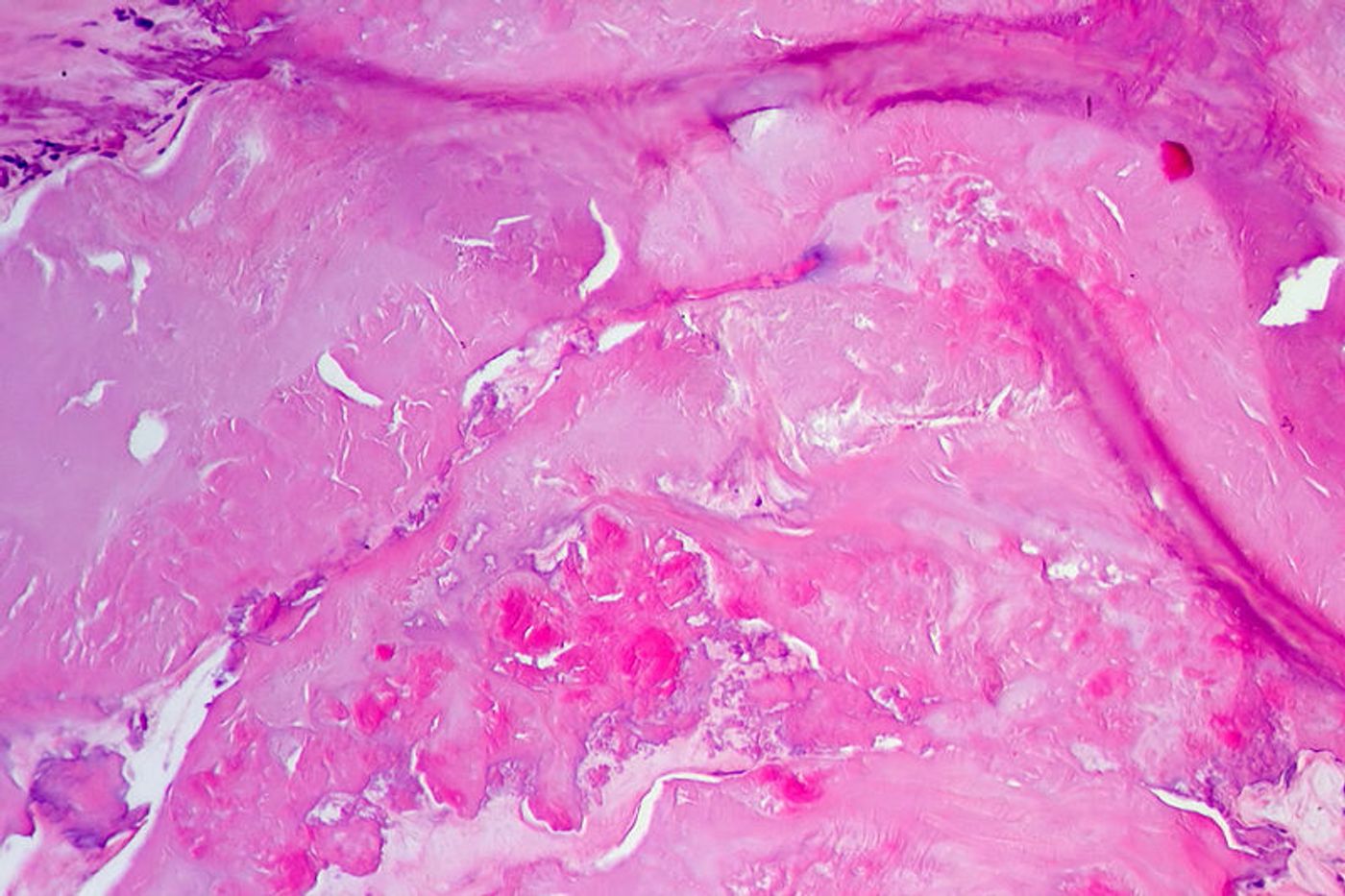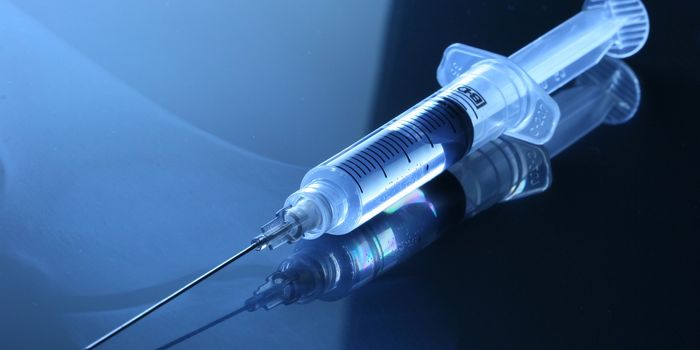Heart Failure from Pressure Overload is Preventable
Heart failure that ultimately results from disease factors like high blood pressure can be predicted and potentially prevented. In a new University of Alabama at Birmingham study, scientists show how macrophages from the immune system contribute to pressure overload-related heart failure.
Pressure overload that leads to heart failure can either be in the form of high blood pressure or aortic stenosis, a condition where the aortic valve opening in the heart narrows and causes the heart muscle to work harder than it should. Aortic stenosis restricts blood flow from from the left ventricle to the aorta. Sometimes, it occurs as a result of a congenital heart defect called a bicuspid aortic valve, but it also occurs as people age and calcium scarring damages the aortic valve. Aortic stenosis is a common valve disease problem, affecting one in 50 people over 65 years old. Experts from the Centers for Disease Control and Prevention estimate that nearly one-third of American adults have high blood pressure.
Past studies of pressure overload-related heart failure show that activated T cell-directed inflammation is involved. But in the new study, scientists expand this understanding to include macrophages, immune cells that absorb and break down dead and dying cells during inflammation.
When a specific type of these cells, CCR2+ macrophages, permeate into the heart, the heart muscle’s enlargement and pumping ability decreases, both which ultimately lead to heart failure. So scientists set out to prevent CCR2+ macrophages from reaching the heart.
In a mouse model of heart disease, researchers induced experimental pressure overload similar to what happens in the human heart as a result of high blood pressure or aortic stenosis. Just one week after this first step, researchers saw in the heart increased expression of three chemical messengers called attractant chemokines. These messengers attract and attach to CCR2 receptors on macrophages. Researchers saw a significant increase of CCR2+ macrophages making their way into the heart.
Researchers saw circulating in the bloodstream an increased number of monocytes, precursors of macrophages, with the CCR2 cell-surface marker. They consider these precursors to be potential measureable biomarkers of incoming macrophages, a sign of future pressure overload and heart failure.
To prevent macrophages from reaching the heart, researcher experimented with two approaches:
- Inhibit the macrophage cell-surface CCR2 chemokine receptor
- Apply an antibody that removes CCR2+ macrophages altogether
Both methods were successful at preventing macrophages from entering the heart. Researchers found that doing so also inhibited inflammatory T cells from entering the heart.
Going forward, researchers hope that levels of circulating CCR2 monocytes could help them determine which individuals to include in a potential new clinical trial to further study this phenomenon in heart failure.
The present study was published in the journal JACC: Basic Translational Science.
Sources: American Heart Association, University of Alabama at Birmingham









